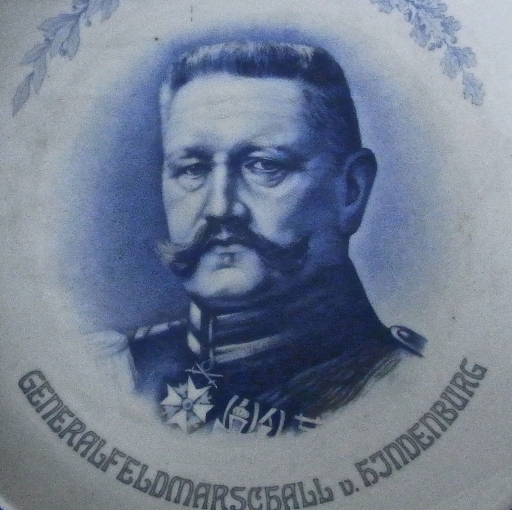Germany inflicted a humiliating defeat on Russia at the Battle of Tannenberg, fought between August 26th-30th 1914.
Exploiting superior communications and tactical differences among the opposing Generals, the Germans stemmed the Russian offensive in East Prussia.
Victory enhanced the reputations of the German military leaders, Paul von Hindenburg and Erich Ludendorff, propelling them to eventual command of Germany’s entire war effort.
Called out of retirement, Hindenburg had been sent to the Eastern Front with the strategist, Ludendorff, to stiffen resistance after an apparent loss of nerve by German commanders.
The Russian General, Alexander Samsonov, killed himself after Tannenberg.
The battle took place near Allenstein in East Prussia (now Olsztyn in northern Poland). Hindenburg chose to name it Tannenberg, after a medieval battlefield further away, to avenge the defeat of the Teutonic Knights there in 1410.
Field Marshal Hindenburg, who became President of Germany during the Weimar Republic, was buried at the Tannenberg Memorial after his death in 1934.
The Nazis removed his coffin and blew up the site as the Soviet Red Army advanced into East Prussia in the closing months of the Second World War.
Sources: Wikipedia; various
Images: Peter Alhadeff, Centenary News
Posted by: Peter Alhadeff, Centenary News
